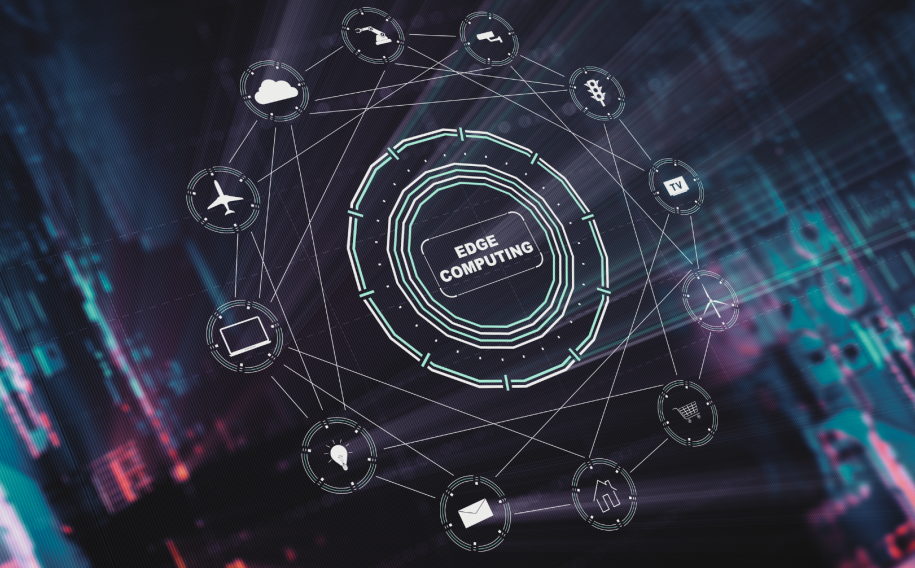What Is Edge Computing, and Why Is It Important?

Edge computing represents a shift in data processing paradigms, focusing on localized data analysis instead of relying solely on centralized cloud solutions. This approach reduces latency and optimizes bandwidth, making it crucial for real-time applications. Its implications span various sectors, influencing efficiency and innovation. As organizations navigate the complexities of a rapidly evolving technology landscape, the role of edge computing becomes increasingly significant. What specific benefits does it offer, and how is it reshaping industries?
Understanding Edge Computing
Edge computing represents a paradigm shift in data processing architecture, emphasizing the decentralization of computing resources.
By utilizing edge devices, data processing occurs closer to the source, thus minimizing latency and bandwidth consumption. This architecture enables real-time analytics and decision-making, allowing users greater control over their data.
As a result, edge computing fosters an environment conducive to innovation and operational efficiency.
Key Benefits of Edge Computing
The adoption of edge computing brings forth several significant advantages that enhance operational capabilities across various industries.
Notably, it facilitates cost efficiency by reducing data transmission expenses and optimizing resource allocation.
Additionally, latency reduction is achieved through localized data processing, enabling faster response times and improved user experiences.
These benefits empower organizations to innovate and adapt more swiftly in an increasingly competitive landscape.
See also: What Are Wearable Tech Devices and How Are They Transforming Our Lives?
Applications Across Industries
Numerous industries are increasingly leveraging edge computing to enhance operational efficiency and drive innovation.
In retail optimization, real-time data processing enables personalized customer experiences and inventory management.
Meanwhile, healthcare monitoring benefits from edge devices that facilitate immediate patient data analysis, ensuring timely interventions.
These applications underscore edge computing’s pivotal role in transforming operational frameworks across diverse sectors, fostering agility and responsiveness.
Future Trends and Challenges in Edge Computing
As industries increasingly adopt edge computing for operational enhancements, the future landscape of this technology is marked by both promising trends and significant challenges, with QR codes playing a role in facilitating real-time data access and streamlined processes.
Security concerns may hinder widespread implementation, necessitating robust protocols. Additionally, scalability issues arise as organizations expand their edge networks, requiring innovative solutions to manage diverse data loads while ensuring efficiency.
Addressing these challenges will be crucial for sustainable edge computing growth.
Conclusion
In the evolving landscape of technology, edge computing stands as a beacon, illuminating pathways to efficiency and innovation. By anchoring data processing closer to its source, it diminishes the distance between insight and action, akin to a conductor harmonizing a symphony of real-time analytics. As industries navigate the complexities of digital transformation, the integration of edge computing emerges as a vital strategy, empowering organizations to respond with agility and precision amidst the relentless tide of change.


